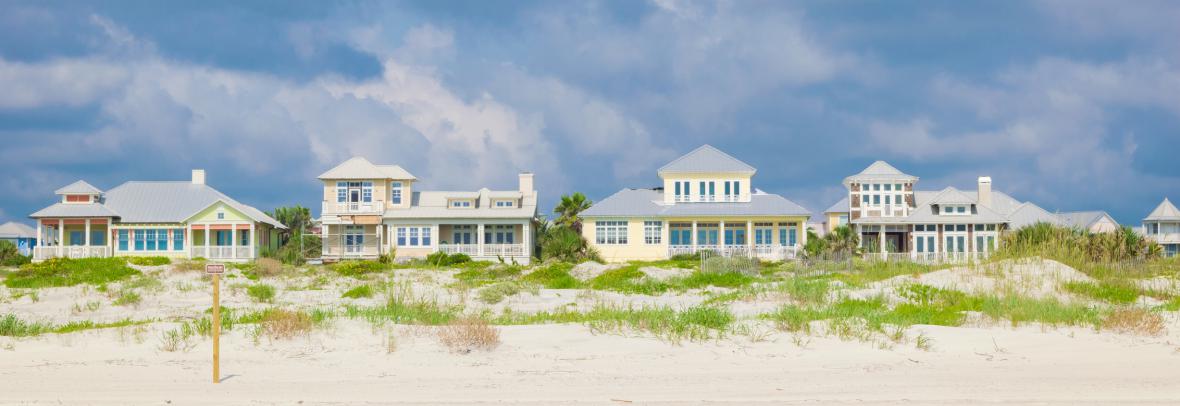
U.S. Coasts See Sinking Land, Rising Seas
Seas are forecast to rise from 8- to 23-inches along U.S. coasts by 2050, with the higher increases along the northern Gulf Coast and mid-Atlantic.
NEW YORK — A slow-moving crisis of sinking land and rising water is playing out along America's coastline.
In the past 100 years, sea levels have climbed about a foot or more in some U.S. cities – 11 inches in New York and Boston, 12 in Charleston, South Carolina, 16 in Atlantic City, New Jersey, 18 in Norfolk, Virginia, and 25 in Galveston, Texas, according to the National Oceanic and Atmospheric Administration.
Seas are forecast to rise from 8 inches to 23 inches along the nation's coasts by 2050, with the higher increases along the northern Gulf Coast and mid-Atlantic. Every inch of additional water is expected to move farther inland, making flooding worse and putting more properties at risk.
Higher high tides, supercharged by rising sea levels, could flood all or parts of an estimated $34 billion worth of real estate along the nation's coasts within just 30 years, a 2022 report found.
Within the span of a 30-year mortgage, as many as 64,000 buildings and roughly 637,000 properties along the ocean and its connecting waterways could be at least partially below the tidal boundary level, the nonprofit Climate Central said in a report.
More than 48,000 properties could be entirely below the high tide lines by 2050, mostly in Louisiana, Florida and Texas.
Another problem is that in many coastal areas, the land is sinking, making flooding an even greater issue.
The most common cause of the sinking, called "subsidence," is "massive ongoing groundwater extraction," a study published May 8 found, though other forces are at work in some places. The cities include not just those on the coasts, where sea level rise is a concern, but many in the interior.
Using high-resolution satellite-based measurement of land subsidence, researchers found sinking in the 28 most populous U.S. cities. In every one studied, at least 20% of the urban area is sinking – and in 25 of 28 cities, at least 65% is sinking.
The nation's fastest-sinking city was Houston, with more than 40% of its area dropping more than 5 millimeters (about 1/5 of an inch) per year, and 12% sinking at twice that rate.
"We're taking excess groundwater out of the ground and lowering the ground water table," Jennifer Walker, an assistant professor at Rowan University, previously told USA TODAY. Add to that soil compaction and the risks of flooding are increasing significantly.
Coastal residents have become used to storm surges that can send potentially ruinous floodwaters into their communities. But the double whammy of sea level rise and subsidence brings another risk – "nuisance" or "sunny day" flooding during high tides.
Damaging floods that decades ago happened only during a storm now happen more regularly, such as during a full-moon tide or with a change in prevailing winds or currents, according to an annual report produced by NOAA.
In just 25 years, the nation is expected to experience an average of 45 to 85 high-tide flooding days a year. Long-term projections are based on the ranges of expected relative sea level rise of about a foot, on average, across the United States by 2050, NOAA said.
© Copyright, 2025, The Star. All rights reserved.
